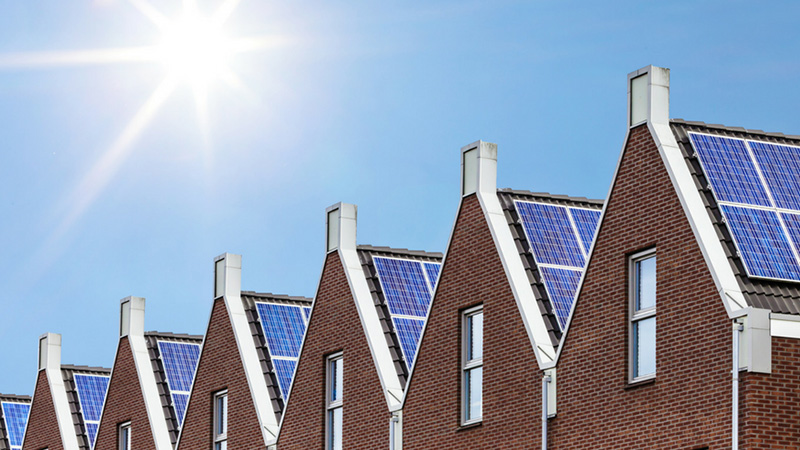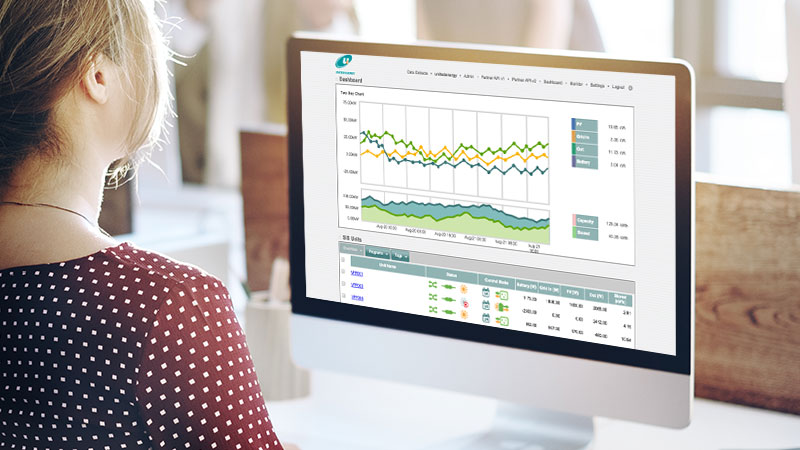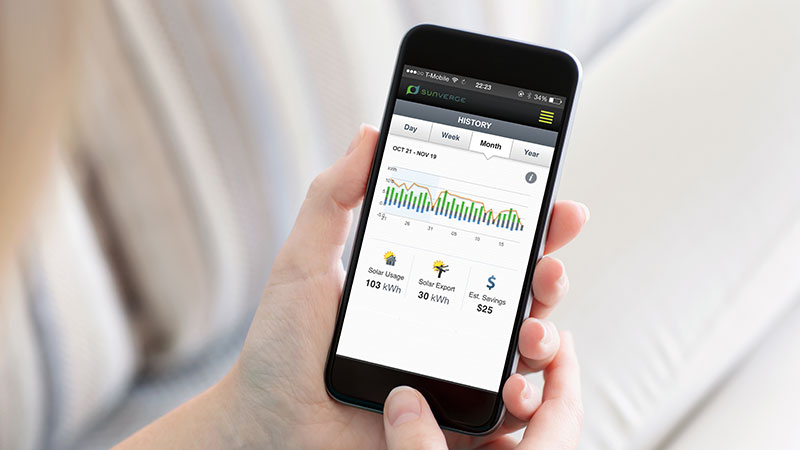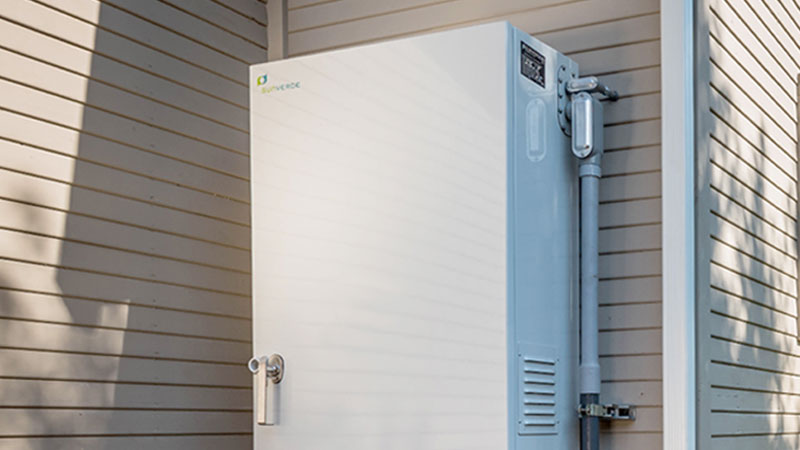A recent report on solar and storage from the University of Texas has been getting a lot of media play. While it’s great to see that researchers are taking a scientific interest in the area, some of the headlines about this study might lead the casual reader to draw the wrong conclusions.
The study looked at a set of 99 Texas households that have solar arrays, and through modeling estimated how their energy consumption and emissions profiles would be expected to change with the addition of storage that was tapped during peak load times.
Unsurprisingly, the conclusion was that both consumption and emissions would increase if storage were used in this way. The missing piece in this model is intelligence. Just adding storage to a PV array won’t deliver cost efficiency or lower emissions automatically. It requires factoring together a lot of variables, from demand in the home to overall system demand, and knowledge of what’s generating power on the grid at any given time.
Texas, in fact, has some significant wind power generation in the evening – so in this particular test model, stored solar energy was being used to power a home at a time when there would be a cleaner power mix available than at other times of day. With intelligence, a homeowner or utility could switch among solar and the grid for power and to charge the battery, as well as when to tap the battery, with a goal of minimizing emissions.
Consider a real-world example from one of our core utility partners, Powerstream, which operates in Ontario, Canada. There, 61% of generation output is nuclear, with another 25% coming from hydro, baseload generation that results in extremely low carbon emissions. Powerstream uses our platform to manage behind-the-meter storage, charging storage assets off peak, when clean baseload assets are running and being underutilized, while dispatching that stored power on peak (between 12-3 pm, when natural gas peaker plants would come online to handle excess load). According to Powerstream’s analysis, this resulted in a significant reduction greenhouse gas emissions across their system.
No matter how you look at things, the fundamental emissions problem we have today comes from the fact that the grid is dirty – we still generate a great deal of our power using fossil fuels, whether in older coal-fired baseline plants or peakers fired by natural gas. How dirty generation varies from state to state (California, New York and Massachusetts have the lowest overall greenhouse gas emissions; Texas is about in the middle of the pack). To reduce emissions, we need to clean up how we generate power, and energy storage is a key enabler for more distributed solar that can lead to a cleaner grid.
As solar and storage becomes more widely deployed, we’ll see additional studies on this issue. It will be important to consider the contribution intelligence makes to the outcome.
By Ken Munson, co-founder and CEO of Sunverge Energy








